Is Rusting a Chemical Change?
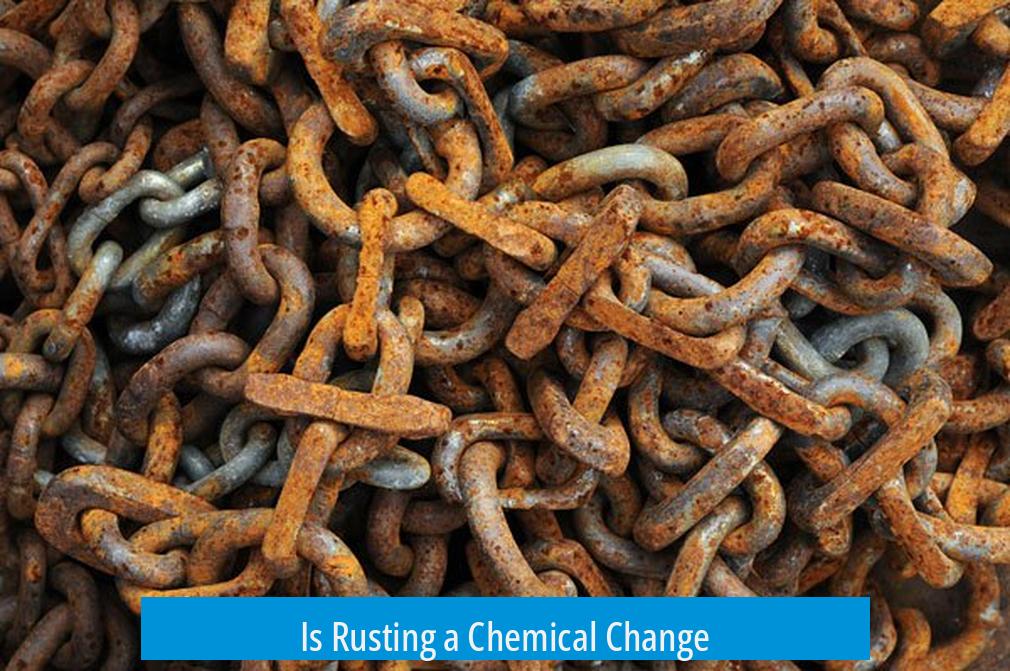
Rusting is a chemical change. This process involves the oxidation of metal atoms, particularly iron, reacting chemically with oxygen and water. The iron atoms lose electrons and form iron oxide, a new compound with distinct chemical and physical properties from the original metal. Rusting alters the appearance, strength, and composition of the iron, proving it is a chemical transformation rather than a simple physical change.
Understanding Rusting as a Chemical Change
Rusting results from iron’s interaction with oxygen and moisture in the environment. When iron is exposed to water and oxygen, it undergoes oxidation, forming iron oxide (Fe2O3). This is a chemical reaction where iron atoms share electrons with oxygen atoms, creating a compound different from pure iron.
Fe + O2 + H2O → Fe2O3
Iron oxide exhibits a noticeable orange-red color. This coating damages the metal’s physical integrity. Rust has different hardness, density, color, and texture compared to iron, confirming it is chemically distinct.
Besides color change, rusting causes loss of mechanical strength and the iron surface changes texture, becoming flaky and brittle. Iron atoms have bonded with oxygen atoms to create a new material, proving rusting is a chemical change. The iron surface may also develop pits where rust detaches, weakening overall structure.
Why Rusting is Not a Physical Change
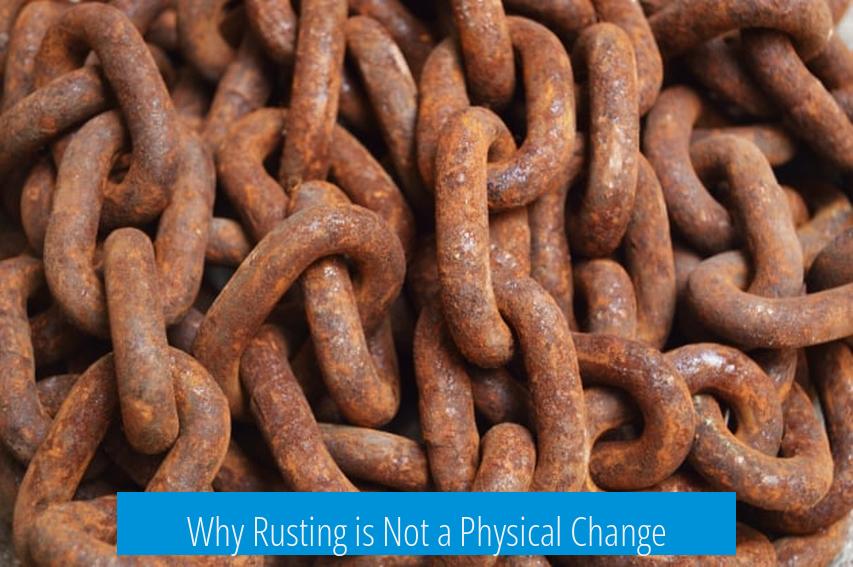
Physical changes involve changes in state, size, or shape without altering the material’s chemical identity. Examples include melting, freezing, cutting, or dissolving substances physically. The metal remains chemically iron in physical changes, no new substances form.
Rusting, by contrast, transforms iron into iron oxide, a new chemical compound. This is a permanent molecular change. The iron atoms lose electrons and chemically bond with oxygen, fundamentally altering the substance.
- Physical changes leave the chemical composition intact. Rusting changes it.
- Physical removal of rust (scraping, sanding) removes iron oxide but reveals damaged iron beneath.
- Rust removal may appear to restore metal but does not reverse the chemical breakdown.
Though rust can be physically removed, the iron transformed into rust does not revert naturally to pure iron. This distinguishes chemical rusting from simple physical surface changes.
Common Misconceptions About Rusting
A common false notion is that rust is a fungus. This is incorrect; rust is a chemical compound formed by oxidation. It is not biological but purely chemical.
Another misconception is the belief that chemical changes are always permanent and physical changes are temporary. This view oversimplifies. Some chemical changes can be reversed chemically, such as by reducing iron oxide back to iron. However, reversible does not equate to physical change; chemical bonds alter in both directions.
Also, physical changes can be permanent, like breaking glass. Thus, permanence is not a reliable differentiator between chemical and physical changes.
How Rusting Impacts Metal Properties
Rust altered metal shows variable color, typically an orange to reddish-brown. The iron surface weakens, becomes brittle, and can flake. The iron atom structure changes chemically, disrupting original properties.
Rust reduces the metal’s ability to bear load, resist wear, and conduct electricity. This degradation affects the safety and function of infrastructure, tools, and machinery made from iron-containing metals.
| Property | Pure Iron | Rusted Iron (Iron Oxide) |
|---|---|---|
| Color | Gray metallic | Orange-red/brown |
| Hardness | Hard and strong | Brittle and flaky |
| Electrical conductivity | Good conductor | Poor conductor |
| Chemical composition | Elemental iron (Fe) | Iron oxide (Fe2O3 · xH2O) |
Conditions Facilitating Rusting
Water and oxygen are essential for rusting. Without moisture, iron oxidation slows significantly or stops. Air alone is insufficient for rapid rusting.
Saltwater and acidic environments accelerate rust formation by increasing conductivity and the rate of oxidation reactions.
Moisture facilitates electron transfer from iron to oxygen, enabling iron to oxidize. This creates hydrated iron oxide, commonly known as rust.
Preventing and Controlling Rusting
Rust never fully stops in oxygen-rich environments but can be slowed. Protection measures include:
- Coating iron with paint or sealants to block oxygen and water.
- Alloying iron with chromium or nickel (stainless steel) to reduce oxidation speed.
- Applying galvanization by coating iron with a layer of zinc.
- Using rust inhibitors and chemical treatments to remove or prevent oxidation.
Limiting exposure to moisture and air helps maintain metal integrity. Over time, rust formation reduces metal thickness and strength, which is why maintenance is vital.
Methods to Remove Rust
Removing rust does not reverse chemical change but removes oxidized material. Methods include:
- Physical techniques such as sanding, scraping, and abrasive blasting.
- Chemical treatments using acids or rust converters that dissolve or reduce iron oxide.
- Electrochemical methods involving cathodic protection or controlled reduction.
Though rust can be cleared, the underlying iron is thinner and damaged. Rust removal is a maintenance practice, not restoration of original metal.
Summary
- Rusting is a chemical change caused by the oxidation of iron with oxygen and water to form iron oxide.
- A chemical change involves new substances with altered chemical and physical properties.
- Physical changes do not alter chemical composition; rusting changes the metal’s chemical nature.
- Rusting results in color change, loss of strength, and structural damage.
- The process is accelerated by moisture, oxygen, salt, and acidic conditions.
- Rusting can be slowed but not stopped in normal atmospheric conditions.
- Removal of rust is a physical or chemical cleaning that exposes damaged metal beneath.
- Understanding rust is important for metal preservation in industry and everyday life.
Is rusting considered a chemical change?
Yes, rusting is a chemical change. Iron reacts with oxygen to form iron oxide, a new compound with different properties than pure iron.
How does rusting differ from a physical change?
Rusting alters the chemical composition of iron by oxidation. Physical changes, like cutting or melting, do not change the material’s chemical identity.
Can rusting be reversed?
Chemical methods can remove rust by dissolving iron oxide, but the original metal mass is reduced. So, rusting is not fully reversible.
Why is rust formation called oxidation?
Rusting involves iron atoms sharing electrons with oxygen atoms. This electron exchange creates iron oxide, which is an oxidation reaction and a chemical change.
Is rust permanent or temporary?
Rust formation is often seen as permanent, but it can be slowed or chemically reversed. However, the metal loses some original material in the process.


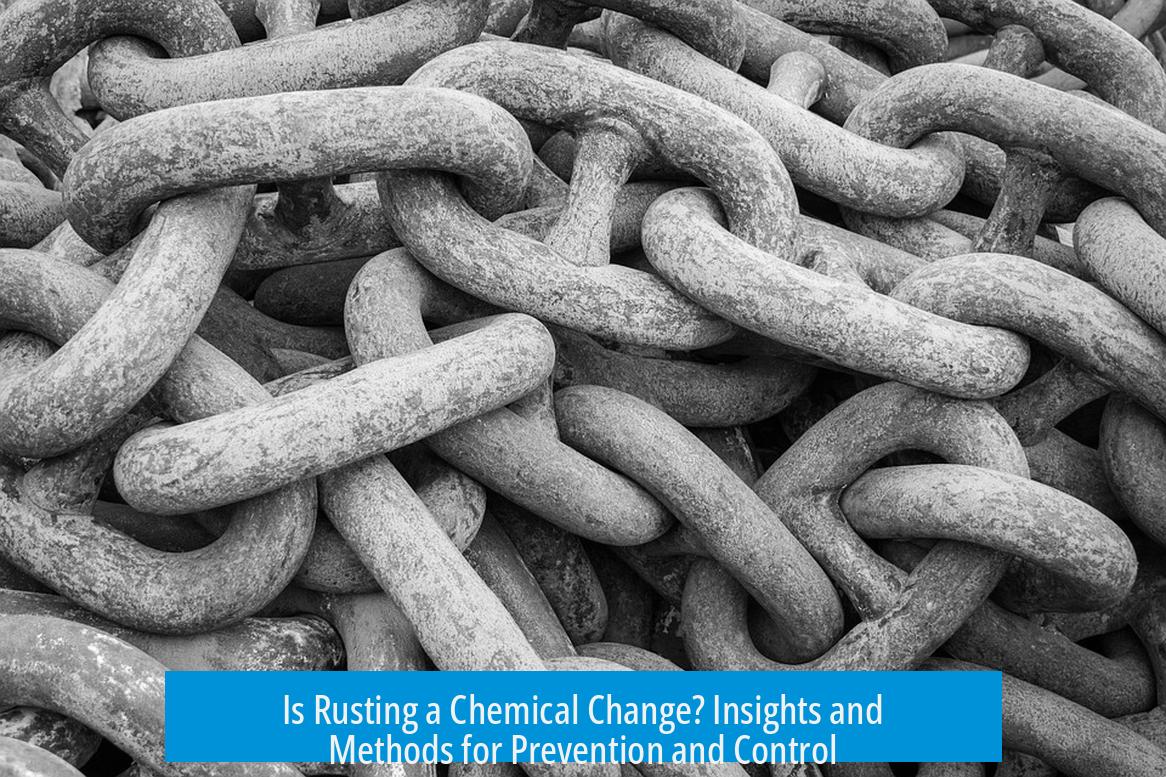
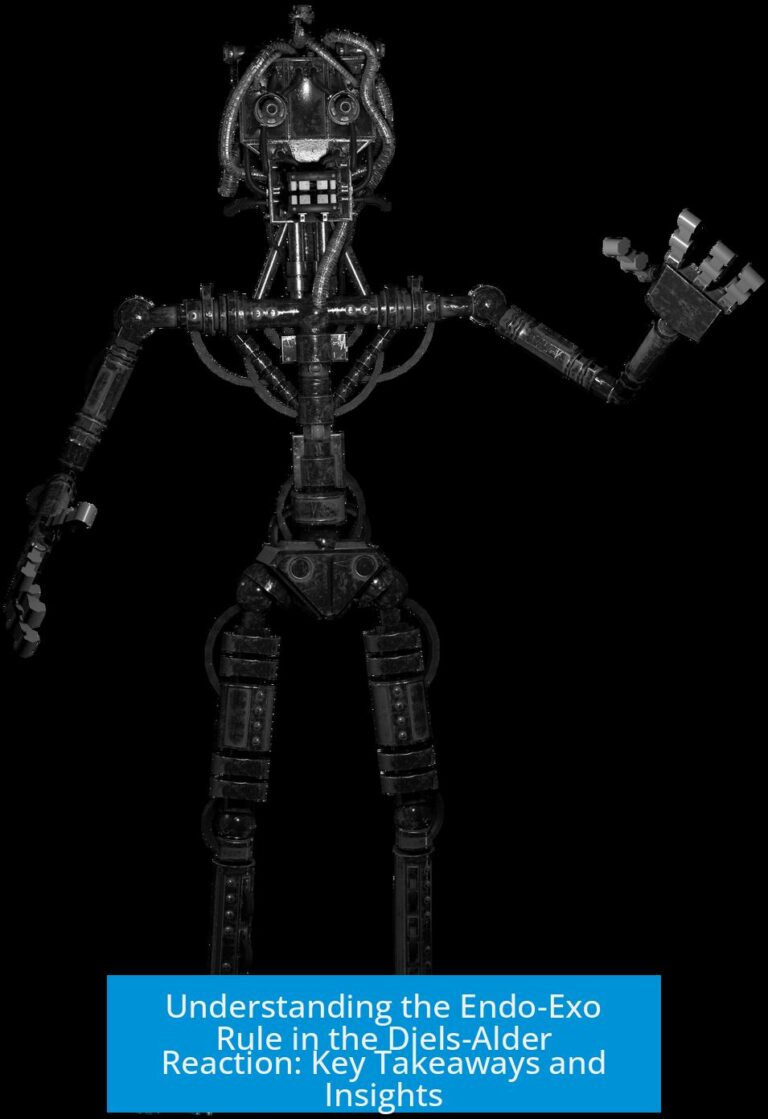
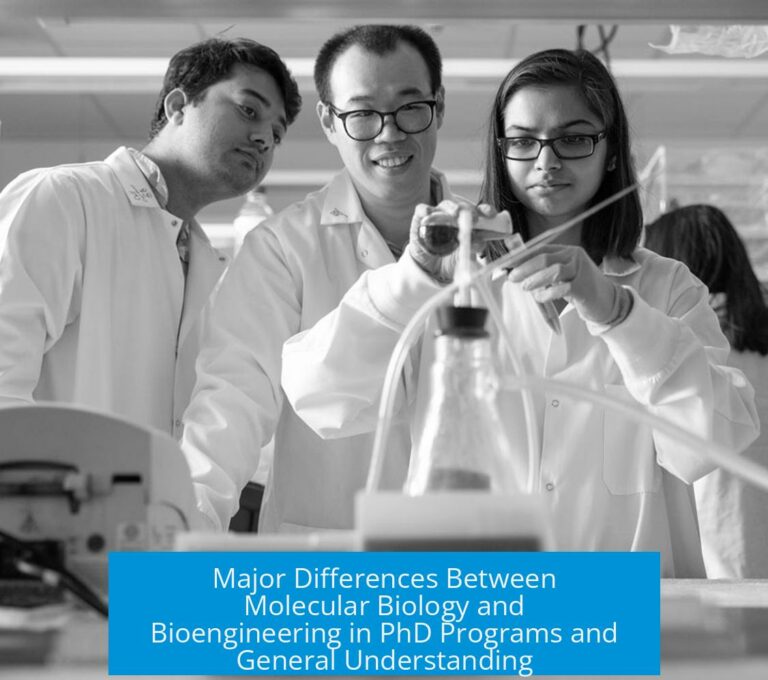
Leave a Comment